Clematis are often used by landscape designers for decorating arbors, walls or fences in the garden. Liana varieties with large and lush inflorescences are particularly popular, which include Blue Light Clematis. This variety of culture is distinguished by an unusual color of the blue shade flower. The plant's care will not be much difficulty, but knowing some of its features, you can love long blossom of Clematis.
Clematis Blue Light - Plant Description
If literally translate the name of the culture, it will sound like a blue color. This name is fully justified by the color of the buds. With abundant flowering, Clematis creates a curtain of blue. Therefore, Liano is often used to decorate a fence or fence.
- This grade of Clematis has terry inflorescences of a large size compared to other varieties of culture. The diameter of each flower is from 12 to 15 cm. And has a purple-blue color with a lavender shade notch. This color of buds is beneficial to the background of other plants.
- Lian height can reach 2.5 meters. Its length, like the size of the flowers in the plant, depends on the conditions of cultivation and terrain of growth. Clematis of this species belong to the many years of plants of the early grade. This explains the previously blossom of Clematis. The first buds are dissolved already in May.
- Total liana blooms 2 times a year. The first time the inflorescence is formed on last year's processes, the second time buds are growing in new branches of the current year. Therefore, special attention should be paid to the pruning of the plant. Otherwise, Liana will not be able to bloom twice for the season, or buds will be small.
- A feature of the Blue Light variety is the structure of the root system. Most species have wide roots that are deeply locked in the soil, while this species of liana roots are located close to the surface. Such a distinguishing feature of the growth of Clematis determines the rules of care. Gardeners are not recommended to loosen the soil around the plant by any inventory, only mulching is envisaged.
- Clematis needed an additional support. But it should be noted that the young shoots of Liana are very fragile, so bold the branches are best at the beginning of the season or fall after flowering. In these periods, the sprouts are stronger.
- In most cases, Clematis species of Blue Light are designed for growing in the open ground. It is also allowed to land on the balcony or closed garden. In this case, the plant needs a large container, since each new year the root system increases in size.
Clematis Blue Light - landing and care rules
Although the Liana is unpretentious in care, from choosing a place, compliance with the landing rules and timely assistance will depend not only by the health of the plant, but also its abundant bloom. Care rules are very simple. Even gardeners lovers or flowerfolders with little experience will cope with them.
Choosing a place, soil preparation and landing Clematis Blue Light
First of all, you should decide on the landing site for Clematis. Liana develops well on sunny sections in the garden. Also loves half-day when sun rays fall into the morning on the plant, and a shadow appears at noon.
The flowers of this class of Clematis volumetric and heavy, and fragile floweries. Even on a slight draft, the twigs can break. Therefore, planting Liana should be in a place protected from wind and draft.
The plant does not like to oversail moisture and wetlands. For landings, choose a plots where underwater waters lie deeply, as well as avoid lowlands with the accumulation of melting snow or rainwater.
Clematis Blue Light varieties grow well on loose and fertile soil. Clay soil must be diluted with river sand, since the clay does not pass water. If the soil is acidic, then it should be reduced before planting seedlings. To do this, mix the chalk powder or lime into the ground for planting.
- Lunka for disembarking prepare in advance. Drop a hole with a diameter of 50 cm. And a depth of 70 cm. The soil is good asked and be sure to remove the remains of previous plants and weeds, as they can cause plant diseases. Laugh with an organic fertilizer (1 part of the feeding and 2 parts of the soil), add mineral medications. If necessary, then mix river sand and lime. Also, gardeners are often adding ash to the landing ground.
- Spring and autumn landing of Clematis are allowed. In the spring, plan seedlings in late April or early May, when warm weather is installed without night frosts. With autumn landing, try to hold a procedure no later than mid-September so that the root system can be rooted and grasphened before wintering.
- Support for Liana needs to be installed before landing so as not to damage the root system. Pay attention to the stand design. It should not drain the water in the well after the rains, otherwise the soil will be closed, and fungal disease will appear on the plant.
- Drainage is installed on the bottom of the wells, then the landing ground is falling apart from above. In the center, make a small slide from the ground. Next, go directly to landing seedlings.
- Clematis has a feature of the planning of young sprouts, which should be placed in the well in such a way that the root neck is at a depth of 7-10 cm. From the surface. Under such conditions, the plant will be able to move well in the future, it will be better to resist diseases, and the cluster of Liana will increase.
- Saplings put in the hole vertically, the roots gently straighten the surface of the tubercle. Put the soil around the sprout, please it with a slightly hand and form the edges of the well. Easy sapling only warm water. In the first year after landing, young Clematis need shelter for the winter.
- Since it is impossible to loosen the soil around Clematis Blue Light, it should be closed with sawdust, bark or moss. This will save moisture around the Liana, do not overcover the soil and protect the plant from weeds.
Features of Clematis Clematis Blue Light
The plant loves moisture, but this does not mean that the water should be constantly constantly. Soil harness leads to the formation of a fungus on the stem of the Liana. The regularity of watering is 1 time per week. Young clematis will be enough 10 liters. For one procedure, and adult lianas require 20-30 liters at a time.
Water must be pouring around the lianas and ensure that the liquid does not hit the stem with leaves. For the full nutrition of the roots of the plant, the moisture is built a small design. Near the bush deeper into the soil small segments of the plastic pipe. Water will accumulate in it and gradually feed Clematis.
During the arid summer, increase the frequency of watering up to 2 times a week, and at the rains generally cancel it. You should also water the plant in the presence of mulch. Pour the prepared amount of water immediately at a time, since Clematis is negatively related to frequent irrigation of small volume.
If the soil around the liana is closed, then it is not necessary to carry out loosening and remove weeds. With the inverse situation, such procedures should be done regularly. The loosening does not allow to form a crust around the stem, which will allow the root system to obtain oxygen and fasterly drinking moisture. Liquidation of weed plants will warn the disease.
- The diagram of the feeding does not differ from the generally accepted rules. Fertilizers for Clematis are required 2 times a month during watering or immediately after it. In the spring months, the plant needs to increase the green mass, so ammonia nitrate with organica is used.
- Starting from May to mid-September, the formation of buds from Clematis should be supported. This period is long, as Liana blooms twice for the season. At this time, make manganese, boric acid and spray the plant with a solution of urea.
- Autumn feeding are used only after the last flowering of clematis for the formation of fruits and strengthen the root system. Such fertilizers will help the plant better transfer to the winter. During this period, use complex additives, wood ashes and preparations based on potassium sulfate.
Clematis Blue Light variety - frost-resistant culture. But despite this, with harsh winter, shelter is required for the winter. For this, after trimming, the liana is lowered to the ground, pressed with brackets and is covered with sawdust, then spunbond.
After setting the warm weather in the spring period, the shelter is neatly removed, cosmetic trimming and installation of branches on the support. Do this procedure on a cloudy day, so that the sun rays do not burn young Lian sprouts.
Clematis Blue Light - Photo in the Garden
The magnificent external data of Clematis conquered gardeners with their unpretentiousness in the care and unusual color of the inflorescence. Falling bright avalanche of large colors allows you to originally decorate the garden plot.
So that Clematis is like Blue Light rejoiced you with their unusual colors for a long time, correctly select a place for growing plants, perform all the conditions of planting seedlings and ensure the necessary care.
How blooms Clematis Blue Light, video
Clematis Blue Light - Gardening Reviews
Olga, 51 year:
"Machirus Clematis My most favorite plants, especially variety Blue Light. Flowers are large enough, grow plentifully on Liane and find it good in the garden. Due to the fact that Clematis are blooming 2 times a year, I really liked the combination of blue inflorescences on the yellow foliage and next to juniper. Water drinking Liana loves very much, so you need to constantly monitor watering. "
Elena, 43 years:
"I wanted to grow such a liano around the leaf tree. Nothing succeeded. Clematis grew badly, there were almost no flowers. I had to transplant the plant, but this time it chose a sunny place for growth. Already in the second year, my Blue Light bloated abundantly, the leaves became larger. Watch how you spend the pruning of lianas, since the second time for the season buds ripen on new sprouts. "





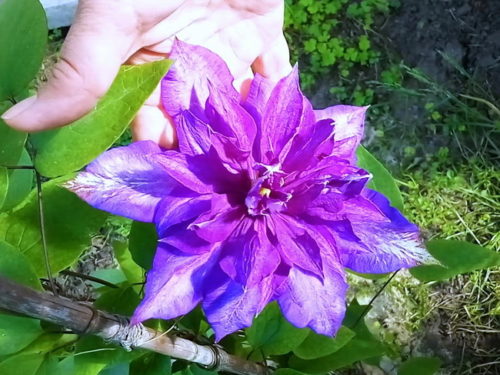
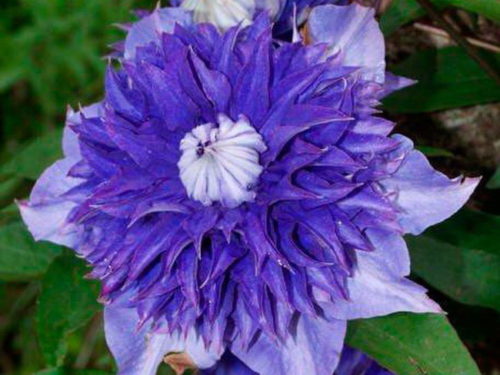
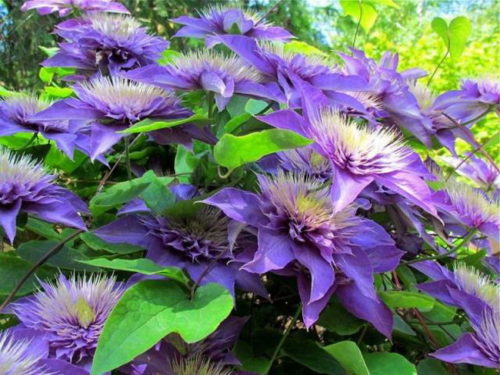







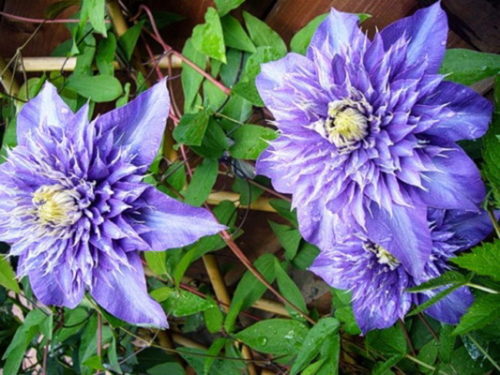
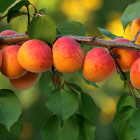


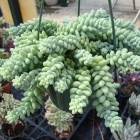
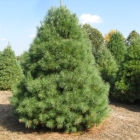
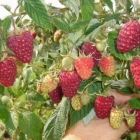
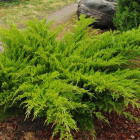





 Start a discussion ...
Start a discussion ...